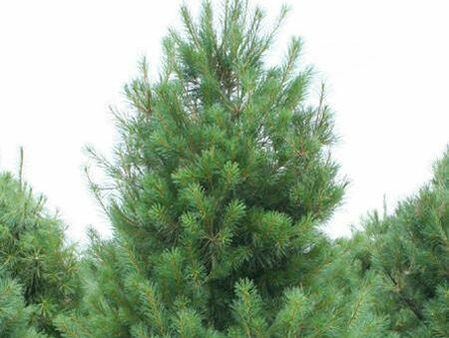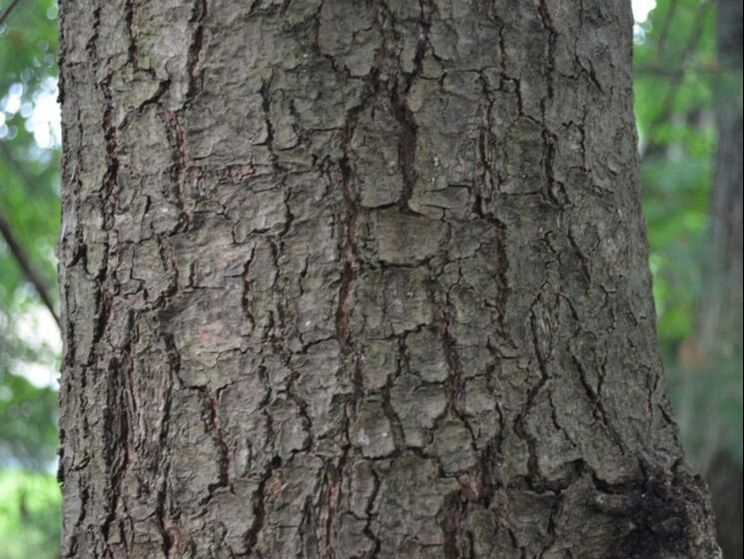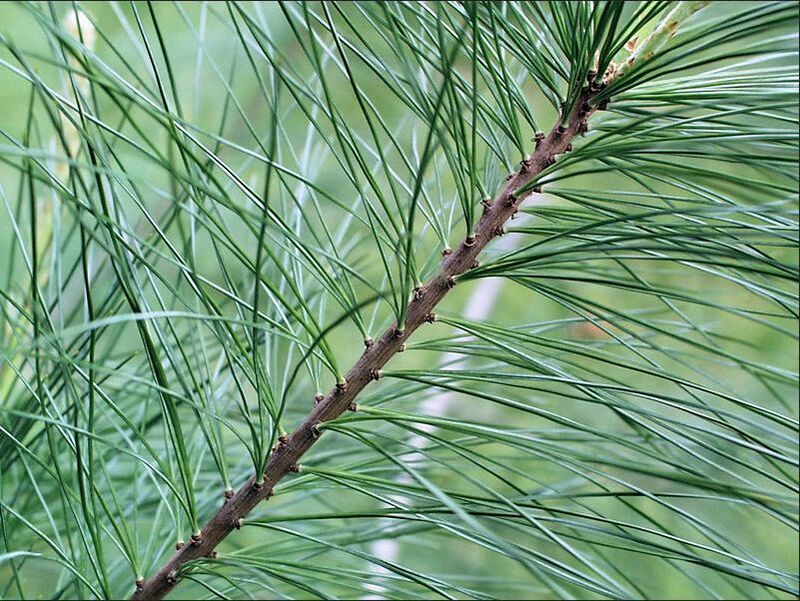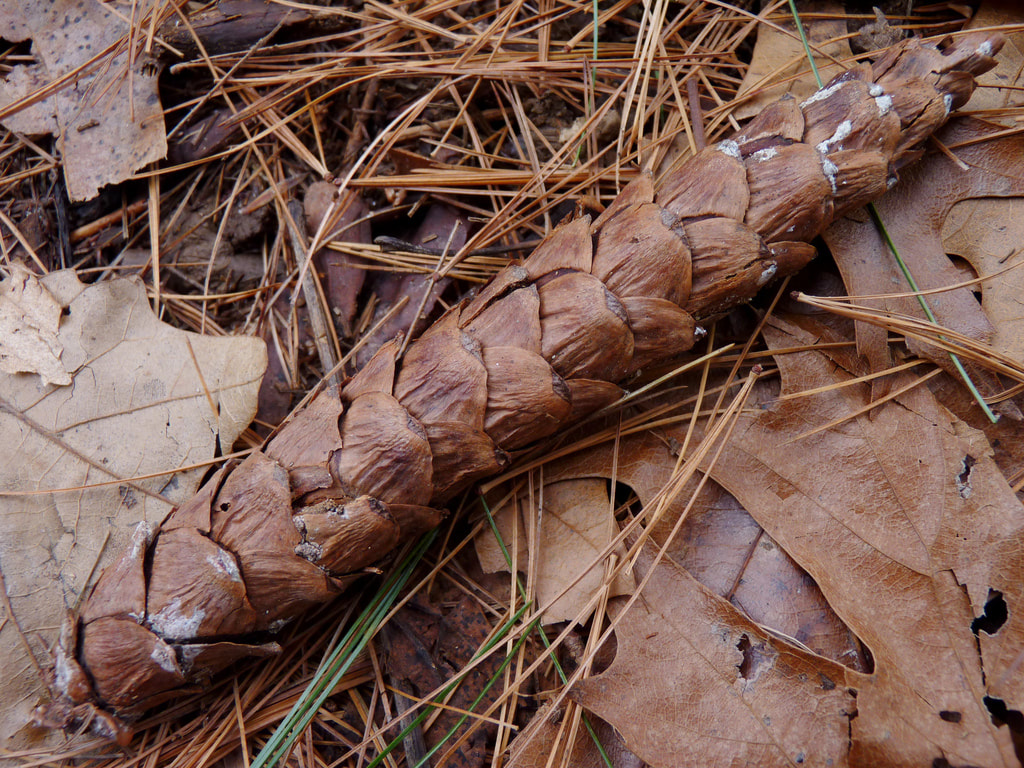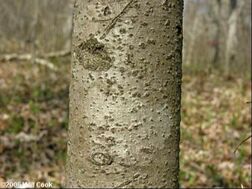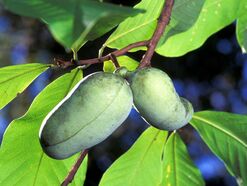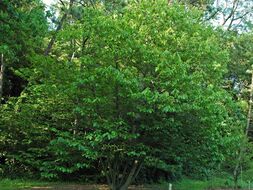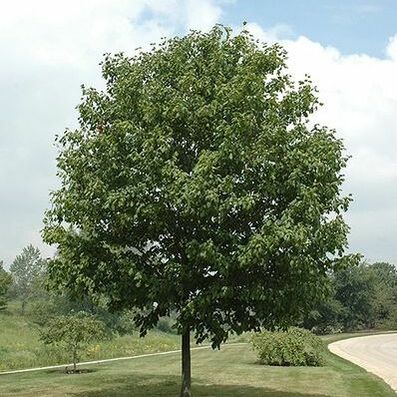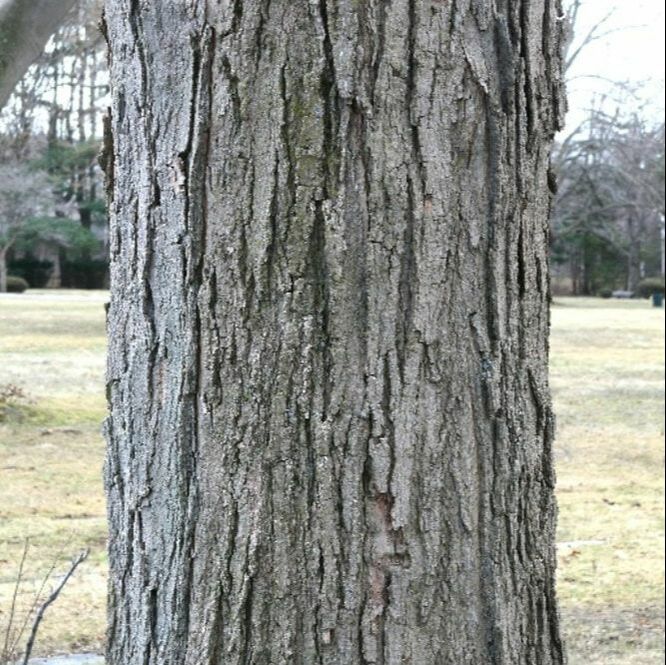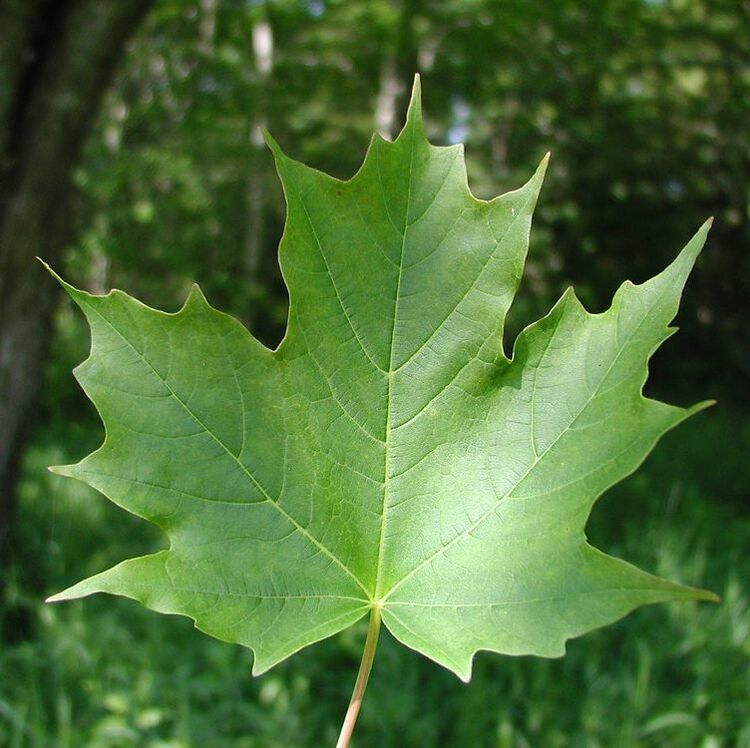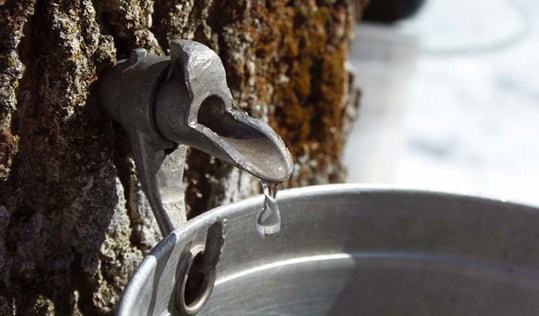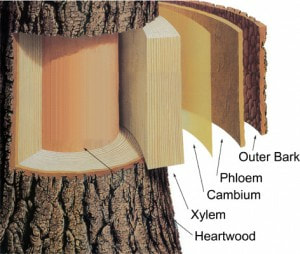Trees hold a surprising amount of food sources. Everyone knows you can eat the fruit of almond trees, orange trees, apple trees and other fruit trees however, there are far more things you can eat on most trees you find if you know what you are looking for. Many trees offer their leaves, seeds, bark and nuts as a food source. Below you will find the trees and their food sources they provide.
Fruiting Trees
EASTERN WHITE PINE
Latin Name: Pinus strobus
Seeds: Can be eaten raw or cooked, mainly used as a flavoring
Needles: Brewed to make an aromatic tea which has vitamin A and C.
Tender New Shoots: Can be boiled in syrup to make a candy, The sticky amber sap can be used for chewing.
Cones: Firm male cones which have not expanded can be boiled and used as a flavoring.
Inner Bark: Can be dried and grounded into powder and used as a flour additive (in order to lengthen or stretch out ones flour supply) or used to thicken soup or oatmeal.
Native To: Coastal Plain from Southeast Virginia to East Florida and West to East Texas
Elevation: 600 ft to 2,000 ft.
Needles: Brewed to make an aromatic tea which has vitamin A and C.
Tender New Shoots: Can be boiled in syrup to make a candy, The sticky amber sap can be used for chewing.
Cones: Firm male cones which have not expanded can be boiled and used as a flavoring.
Inner Bark: Can be dried and grounded into powder and used as a flour additive (in order to lengthen or stretch out ones flour supply) or used to thicken soup or oatmeal.
Native To: Coastal Plain from Southeast Virginia to East Florida and West to East Texas
Elevation: 600 ft to 2,000 ft.
PAWPAW
Latin Name: Asimina triloba
Fruit: The pawpaw is related to a tropical family of fruit, the Sugar-apples, Custard-apples, Soursop, and Annona. It got its name from the Arawakan name of Papaya although unrelated to the tropical fruit. The fruit consistency is kinda like a custard the riper the more flavorful the taste of the fruit is. Some say it has a kinda like eating a sweet cantaloupe with a bubble gummy taste, or a mix between a banana, mango, peach and pineapple.
Habitat: They grow more fruitful near places which have a good water source but can also be found beneath the main canopy of a hardwood forest.
Season: Aug-Oct but the fruit ripens best during the month of September.
Habitat: They grow more fruitful near places which have a good water source but can also be found beneath the main canopy of a hardwood forest.
Season: Aug-Oct but the fruit ripens best during the month of September.
Trees for water tapping
MAPLE FAMILY-Aceraceae
SUGAR MAPLE
Latin Name: Acer saccharum
Sap: The sap can be used as a water source, but not for long term storage, as the sap will begin to ferment because of the sugar content, and thus causing sap to become too bitter to drink.
How To Procure Sap: During the late winter and early spring when the temperatures rise and cause the water in the xylem which is apart of the inner bark of the tree to freeze or thaw. When the temperature drops below 32 degrees Fahrenheit, the water within the xylem will freeze. When the temperature rises above 32° Fahrenheit, the frozen water thaws and moves back up the tree's trunk to the branches. This is the perfect time to for tapping a tree for water. The flow of the sap is controlled by the root pressure which is formed by means of the soil temperature. Once it reach approximately 50° Fahrenheit, the roots then allow the water to really flow from the xylem at a faster rate. When the temperature drops the flow is then decreased until the freezing cycle begins anew.
Fun Facts: It will take about 40 gallons of sap to make 1 gallon of syrup.
Habitat: They grow more fruitful near places which have a good water source but can also be found beneath the main canopy of a hardwood forest.
Tapping Season: During the late winter and during early spring. February to Early March
How To Procure Sap: During the late winter and early spring when the temperatures rise and cause the water in the xylem which is apart of the inner bark of the tree to freeze or thaw. When the temperature drops below 32 degrees Fahrenheit, the water within the xylem will freeze. When the temperature rises above 32° Fahrenheit, the frozen water thaws and moves back up the tree's trunk to the branches. This is the perfect time to for tapping a tree for water. The flow of the sap is controlled by the root pressure which is formed by means of the soil temperature. Once it reach approximately 50° Fahrenheit, the roots then allow the water to really flow from the xylem at a faster rate. When the temperature drops the flow is then decreased until the freezing cycle begins anew.
Fun Facts: It will take about 40 gallons of sap to make 1 gallon of syrup.
Habitat: They grow more fruitful near places which have a good water source but can also be found beneath the main canopy of a hardwood forest.
Tapping Season: During the late winter and during early spring. February to Early March
...Keep checking as we are continually adding information...
